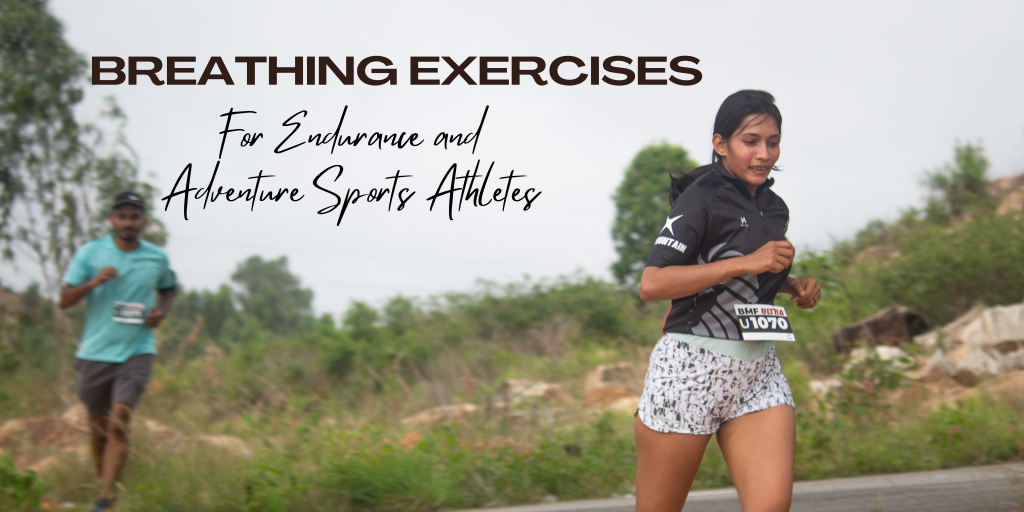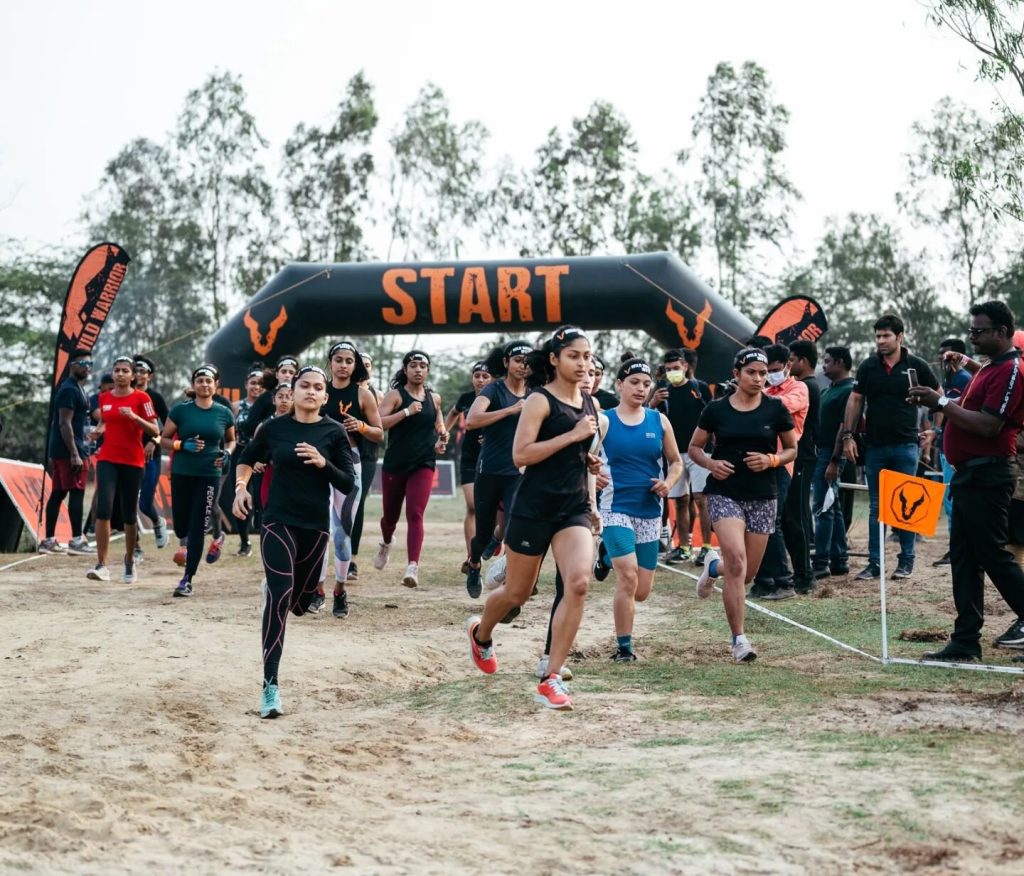
“Prana” is Breath or vital energy in the body.
Introduction:
As an endurance athlete, you know the significance of optimising every aspect of your performance. From training diligently to maintaining a balanced diet, every detail counts. One often overlooked but critical factor that can significantly impact your performance is proper breathing. By incorporating specific breathing exercises into your training routine, you can boost your endurance, improve focus, and achieve your athletic goals more efficiently. In this blog post, we’ll explore some effective breathing exercises tailored for endurance athletes.
Before you begin,
Observe how you are breathing- what happens to your chest, abdomen diaphragm as you inhale and exhale.
Build awareness of breath through the day, observe how long deep or shallow the breath is.
Always seek the advice of a physician or other qualified healthcare provider with any questions before starting new nutrition plans, supplements or training regiments.
5 Breathing exercises for Endurance and Adventure Sports Athletes
1. Diaphragmatic Breathing
Diaphragmatic breathing, also known as belly breathing, is a fundamental technique that helps athletes maximise their lung capacity and oxygen intake. This exercise trains you to use your diaphragm efficiently, which is vital for endurance sports.
Steps to do Diaphragmatic Breathing
- Find a comfortable seated or lying position.
- Place one hand on your chest and the other on your abdomen.
- Inhale deeply through your nose, allowing your abdomen to rise while keeping your chest relatively still.
- Exhale slowly through your mouth, feeling your abdomen fall.
- Repeat this process for several minutes, focusing on slow, controlled breaths.
2. Box Breathing
Box breathing is a powerful technique used by athletes to regulate breathing, enhance focus, and manage stress during intense training sessions or competitions.
Steps to do Box Breathing
- Sit or stand in a relaxed position.
- Inhale deeply through your nose for a count of 4 seconds.
- Hold your breath for another count of 4 seconds.
- Exhale slowly through your mouth for a count of 4 seconds.
- Pause and hold your breath again for 4 seconds before starting the next breath.
- Repeat this pattern for several cycles.
3. Pranayama
“Prana” is Breath or vital energy in the body. On subtle levels prana represents the pranic energy responsible for life or life force, and “ayama” means control. So Pranayama is “Control of Breath”. Pranayama techniques from yoga can enhance an athlete’s lung capacity, increase oxygen retention, and improve overall breathing control. While there are many variations of Pranayama, we will focus on Bhastrika Pranayama.
Steps to do Bhastrika Pranayama
- Sit in vajrasana or sukhasana (cross-legged position).
- (Pranayama can be more effective in vajrasana as your spine is erect and the diaphragmatic movement is better.)
- Makes a fist and fold your arms, placing them near your shoulders.
- Inhale deeply, raise your hands straight up and open your fists.
- Exhale slightly forcefully, bring your arms down next to your shoulders and close your fists.
- Continue for 20 breaths.
- Relax with palms on your thighs.
- Take a few normal breaths.
- Continue for two more rounds.
4. Interval Breathing
Interval breathing exercises help athletes adapt their breathing rhythm to various levels of exertion during endurance training. This technique helps maintain a steady supply of oxygen to muscles and prevents early fatigue.
Steps to do Interval Breathing:
- Start by establishing a comfortable breathing pattern, such as 3 steps (inhale) – 2 steps (exhale).
- As you increase your pace or intensity, adapt your breathing to a 2 steps (inhale) – 1 step (exhale) pattern.
- During recovery phases or less intense periods, return to the 3 steps (inhale) – 2 steps (exhale) pattern.
- Practice this technique
5. Running Meditation
Running meditation combines mindfulness and breathing techniques to improve focus, reduce stress, and promote mental clarity during long-distance runs.
Steps to do Running Meditation
- As you run, concentrate on the rhythm of your breath.
- Pay attention to each inhalation and exhalation, making them deep and controlled.
- Acknowledge any distractions or discomforts, then refocus on your breathing.
- Let go of unnecessary tension with every exhale, maintaining a relaxed body posture.
- Engage all your senses in the present moment to achieve a state of flow.
Conclusion
As an endurance athlete, incorporating breathing exercises into your training routine can lead to significant improvements in performance, stamina, and mental focus. The techniques mentioned in this blog post, such as diaphragmatic breathing, box breathing, interval breathing, pranayama, and running meditation, are excellent tools to optimize your breathing and boost your overall athletic capabilities. Practice these exercises consistently, and you’ll experience the transformative power of efficient breathing in your endurance journey. Happy training!




